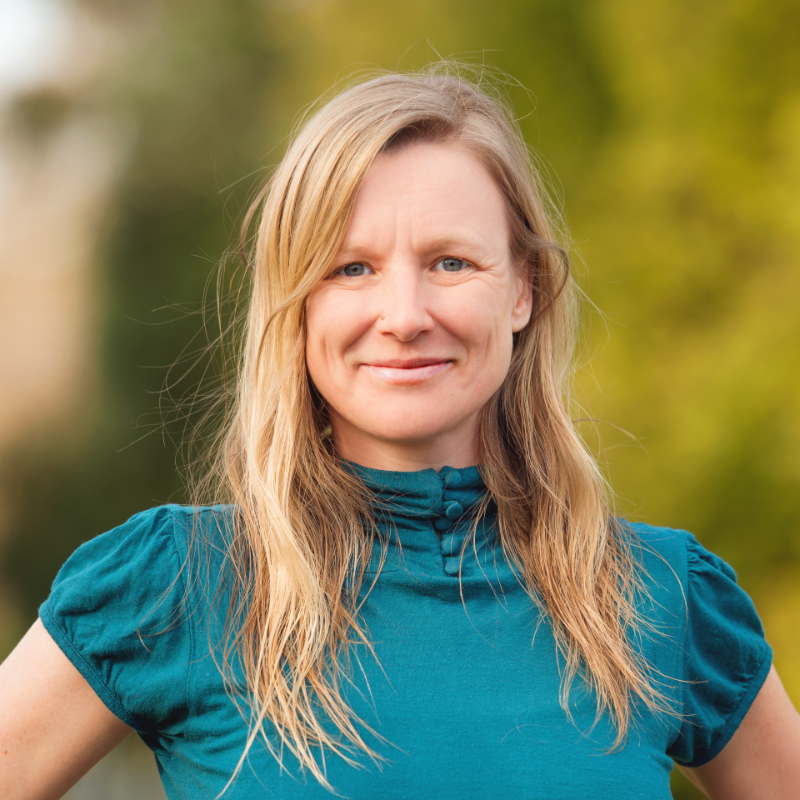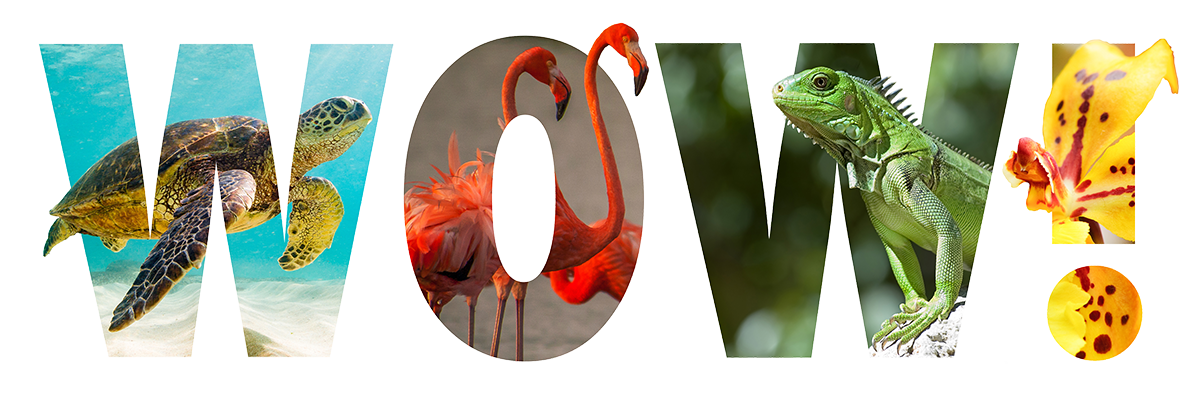
Nicola Jaeger
The WOW Effect: A Day in the Life of an Ambassador
Nicola Jaeger
What was planned by Devocean Pictures for Saturday, April 8:
Yoeri and Nicki start to hike the Quill to film and photograph “Around the Mountain South“ at 8 am. The Tourism Office collaborates with Devocean Pictures to create an extensive overview of hiking opportunities for tourists and locals alike. On all the different hikes of the Quill, we represent the trail itself as well as flora and fauna along the way. After an initial trip by ourselves like today, we do the same trail with local hikers to get the human factor into our clips.
In the beginning, we have to follow the Quill Trail, which we filmed, photographed and described already. Therefore, the plan is to walk straight up to the first bench where our trail of the day officially starts. Until then our cameras stay nicely packed as we expect to be filming for four hours minimum.
How it really went:
Less than five minutes into the Quill Trail, I go “Look at that beetle. It is so colourful and shiny. I need my camera now.“ Fifteen minutes later other hikers arrive while Yoeri and I are both laying on the ground capturing different angles. After a short glance, the woman wants to know: “It is so small. How did you see it?“
As I can‘t force them to bend down to admire the full glory of this little creature whose true identity is yet unknown to me, I explain: “We are used to finding little critters while diving. Now we apply our aquatic approach on land. But we have enough of this beetle now.“ We pack the cameras and dust off the pants. Luckily, they have seen our previous clips so there is hope we can still introduce them to the little things electronically.
A couple of meters further on, we spot whole bundles of the same kind of beetle on the ground. Hastily, we wave goodbye and are back on our knees. Now we get a better idea of what‘s going on. Four beetles are grouped around a seed and seem to suck it out. “I will ask Jan-Joost what kind of species this is.“
In 2022, Jan-Joost Mekkes spent months on Statia searching for new insects. He was the one opening our blue minds to see the green on Statia in a whole new light. Yoeri and I are ocean creatures. We love to learn about marine life in general, different habitats, symbiosis of different species and particular behaviour. The more we know, the better we can capture and explain the blue world to ourselves and others. As Jacques-Yves Cousteau once said: “We only protect what we love, we only love what we understand, and we only understand what we are taught.”
Even though we are both dive instructors, our true passion is filming and photographing the underwater world. Hence, we established the beauty of going as slowly as possible and searching for the little things underwater already a long time ago. On land it was different. We appreciated nature, the forest and all its plants and animals, but we didn‘t know so much about them. Jan-Joost opened a new perspective. Slowly, but surely, step by step we are adapting our minds and eyes to the green world.
No matter if green or blue, connecting to nature has many benefits for us humans. What Wallace J. Nichols describes in “Blue Mind: The Surprising Science That Shows How Being Near, In, On, Or Under Water Can Make You Happier, Healthier, More Connected, and Better at What You Do“ applies in our experience to forests, too. In Japan, there is the long tradition of ‘Shinrin Yoku’ which can be described as diving into the forest, taking it in with all senses, connecting to oneself and the breath while slowly experiencing the world around. Nature teaches us that the only constant in life is change.
After almost six hours of getting lost in details as well as the big picture, we leave the mountain. We have enough material to fill ten minutes rather than just one. Turns out our beetle isn‘t a beetle, but a bug, more preciously a shield bug. However, the bugs weren‘t the only great find of the day. With lots of patience, we filmed the bridled quail dove (Geotrygon mystacea), a ground dove that we don‘t spot often on the Quill anymore. The habitat keeps changing, unfortunately not for the better of the species calling the dormant volcano their home.
Many factors add to this process. But no matter if we blame climate change or roaming animals, it all comes down to human behaviour. Plans change. Nature changes. Can we change our nature to give other species more space to thrive?
Other WOW posts
The WOW Effect: Bryan Horne on why he’s a WOW ambassador
As an ambassador for WOW the Nature Film, I would have the opportunity to promote a cause that is deeply important to me. Throughout my
The WOW Effect: A Day in the Life of an Ambassador Nicola Jaeger
WOW Ambassador Nicola Jaeger shares her experience hiking the Quill and discovering the little creatures in the green world, highlighting the importance of connecting with
